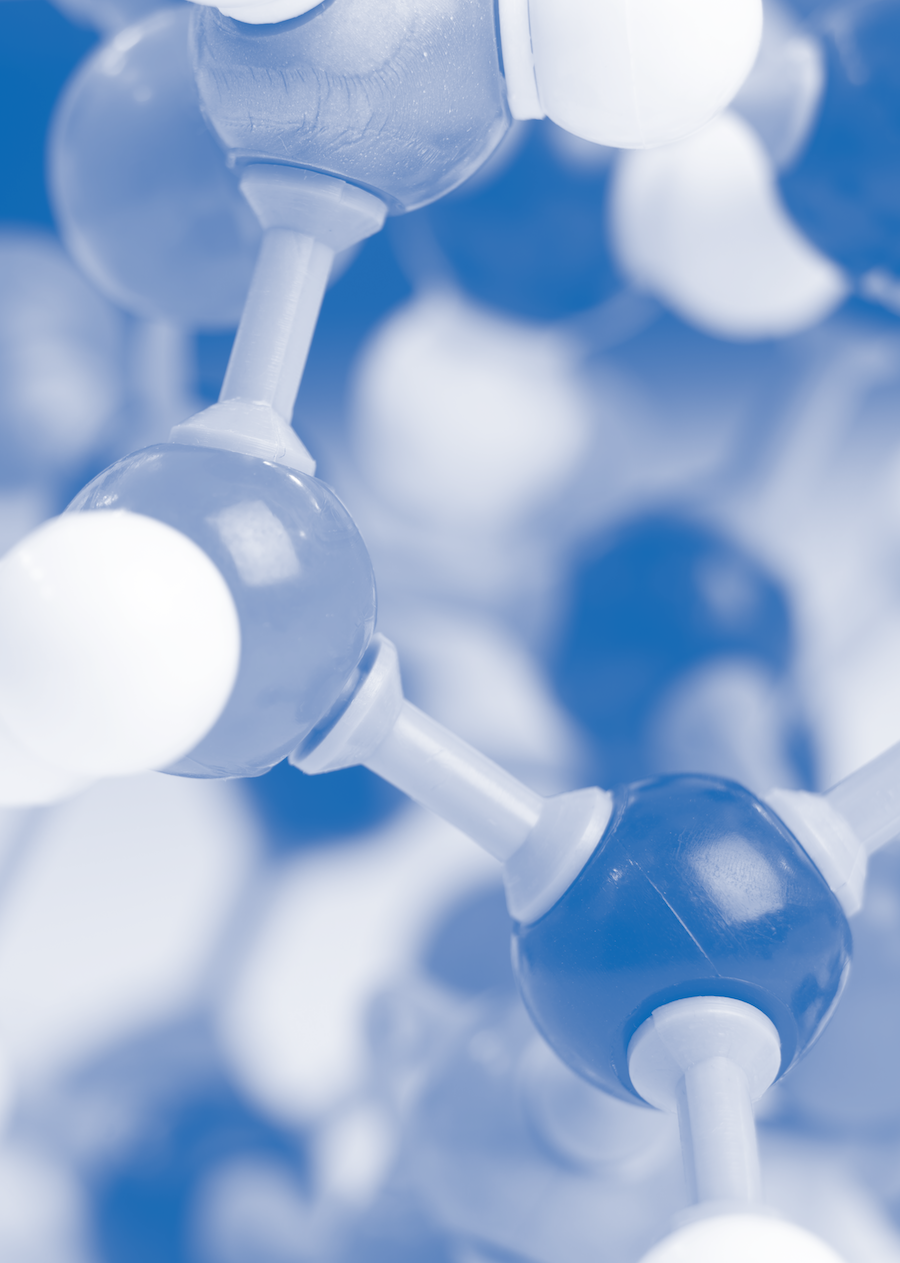
OPCW Proficiency Testing and Designated Laboratories
The Organisation for the Prohibition of Chemical Weapons (OPCW) conducts chemical analysis of authentic samples from field missions through an international network of so called “designated laboratories”. These laboratories are certified by the Director-General of the OPCW after successfully fulfilling three requirements:
Successful participation in OPCW Proficiency Tests (separate tests for environmental samples and biomedical samples)
Participation in a Proficiency Test at least once per calendar year (potential waiver in case the laboratory was involved in the analysis of authentic samples)
Accreditation under ISO 17025 (or a highly similar standard)
The OPCW conducts two types of Proficiency Tests under ISO17043 accreditation: One for environmental samples and one for biomedical samples. These Proficiency Tests lead to two separate designations. A lab can be designated for both types of analysis or just for one. The rationale for separate tests is based on the different analyte concentrations typically encountered and the difference sample matrices:
Environmental Proficiency Tests (PTs)
Environmental samples are regularly analyzed in concentrations >1ppm (part per million). This makes survey analysis possible (looking for everything and homing in on a compound for identification). Matrices can be virtually anything including wipe samples, soil, liquids (aqueous and organic), munitions and munition fragments, decontamination solutions, laboratory or industrial waste, chemical reactor contents and many more. Labs regularly face challenging matrices and/or challenging chemicals including those not present in any database.
Biomedical Proficiency Tests (BioPTs)
Biomedical samples are regularly analyzed in concentrations in the pbb (part per billion) range. Survey analysis is not possible anymore and targeted analysis has to be conducted (checking for specific analytes). The most important matrices are blood (or blood plasma) and urine. From deceased victims, tissue samples are also important. At present, analysis focuses on nerve and blister agents by analysis of small molecule biotransformation products and adducts with proteins such as Buturylcholinesterase and Human Serum Albumin.

CCACT – The entry level test
For newcomers to OPCW Proficiency Tests there is also an entry level test available. The CCACT (CWC Chemical Analysis Competency Test) operates with simplified matrices and all spiking chemicals can be found in databases. This is an excellent training opportunity for new labs. The results are not published in any official documents and test evaluation strongly focuses on improvement and learning.
We are offering our clients all necessary services to enable them to achieve the status of OPCW designation in the shortest possible time and in a sustainable manner. Our goal is not only that a laboratory receives designation status but also that the laboratory is able to stay designated.
We offer both a theoretical and practical introduction to the analytical challenges regularly encountered in OPCW Proficiency Tests including spiking chemicals, interferences and matrices.
We offer in-depth training and guidance on writing reports following OPCW requirements. Reporting rules are detailed and at times highly complicated. Writing correct reports is a common challenge for new labs and can results in deep frustration when chemicals are identified correctly but are not accepted due to reporting errors.

